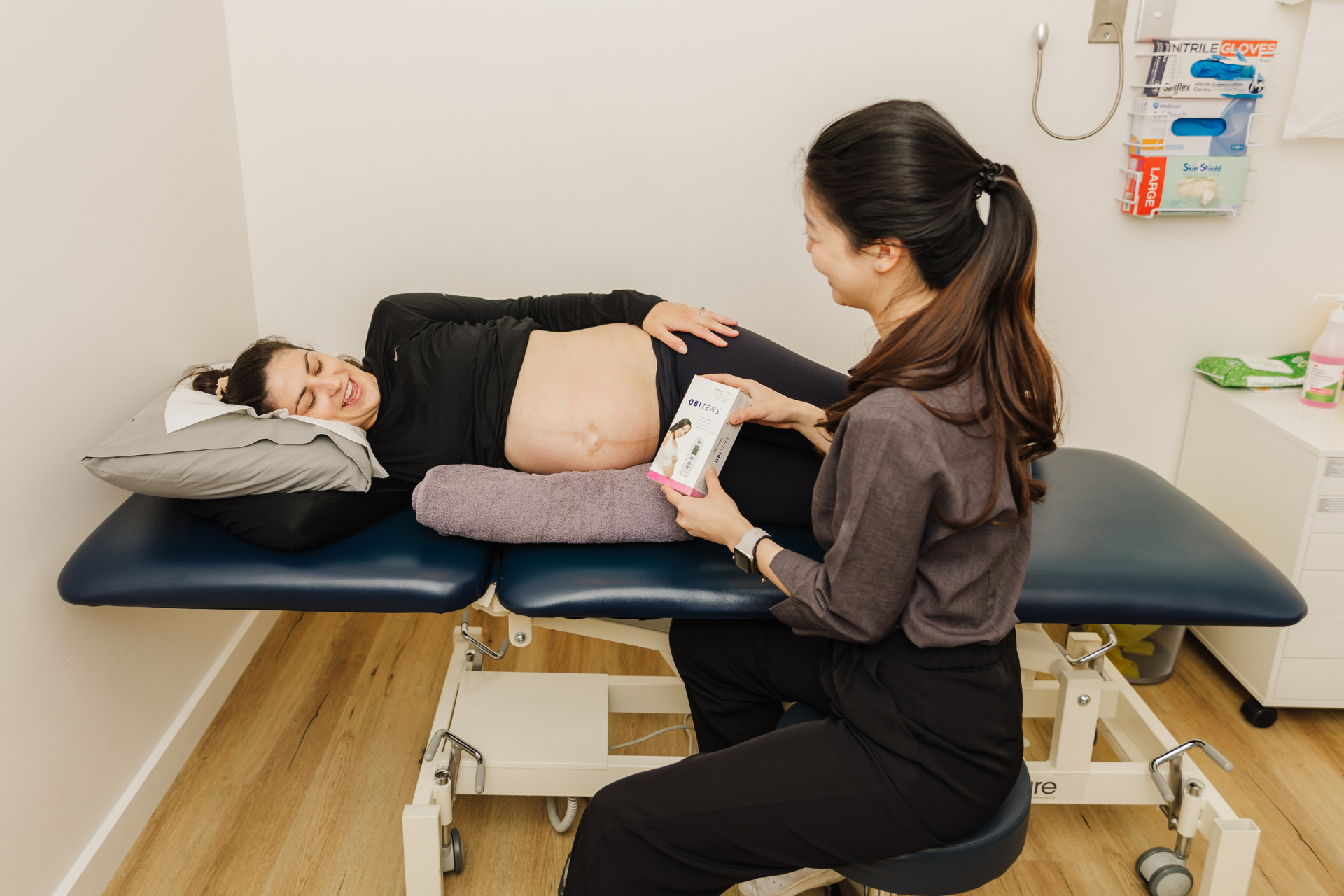Pregnancy Health

Pregnancy Health

Congratulations on your pregnancy!
As your baby grows, your body will go through significant changes. It is important to understand these changes, stay active, and prepare for the birth of your baby.
Our Pregnancy Care Program - Body Before Birth is here to support you all the way.
Pregnancy concerns?
- How do I activate my pelvic floor muscles during pregnancy?
- What exercises are safe during pregnancy?
- How do I manage my pregnancy-related back, neck, pelvic, hip and or coccyx pain?
- What about new bladder leakage in pregnancy or pregnancy-related constipation?
- How do I manage my varicose veins or vulval veins during pregnancy?
- Does compression apparel, like a belly band, help reduce stomach muscle stretching during childbirth?
- What can I do to prepare for childbirth?
- What are the best birth positions for me to get the most effective push action during childbirth?
Common pregnancy related health issues?
- Lower and upper back pain, neck pain, pelvic girdle pain (sacroiliac joint pain, pubic pain, coccyx and hip pain)
- A flare-up of a previous pelvic floor injury from birth including bladder incontinence, pelvic floor muscle tears, prolapse, bowel incontinence, painful episiotomy/perineal scars
- Bladder (wee) incontinence
- Pregnancy-related constipation
- Vulval veins, varicose veins and swelling during pregnancy
- Prolapse (pelvic organ prolapse)
- Tummy muscle separation (DRAM)

How can we help?
Physiotherapy during pregnancy?
Physiotherapy during pregnancy can provide you with:
- Regular blood pressure monitoring and urine testing to ensure they are within normal range
- A personalised pelvic floor assessment and strengthening, endurance or muscle activation program
- Pregnancy massage, dry needling, joint mobilisations and exercises to help your back, sacroiliac joint, pubic symphysis, hip and/or neck pain
- Advice and treatment for managing your vulval or varicose veins
- Exercise ideas to keep you fit and healthy during pregnancy which are pelvic floor safe and targeted to your fitness level and goals
- Core strengthening exercises and support garments to reduce your risk and the severity of tummy muscle stretching
- Help with pregnancy-related bladder, bowel or intimacy concerns
- Pre-delivery assessment of your pelvic floor and perineum to advise on birth preparation relevant to you
- Active birth skills (positioning and pushing) and education to help prepare you, "with eyes wide open”, for birth and the first few days after
Find out how our Pregnancy Care Program -
Body Before Birth can support you during this journey.
Related Blogs

More Information
Find out more about pregnancy health


03 9325 1511
info@pelvichealth.melbourne
ABOUT US
While you don’t talk about pelvic health every day, we do. Our team of specialised physiotherapists are highly skilled and more importantly, have the emotional intelligence to help you through whatever challenges you’re facing. Talk to us today.
ABOUT US
While you don’t talk about pelvic health every day, we do!
Our team of pelvic health therapists are passionate about helping you through whatever challenges you’re facing. Talk to us today.

We acknowledge the Traditional Owners of the land where we work and live, the Bunurong and Wurundjeri peoples of the Kulin Nation and pay our respects to Elders past and present. We celebrate the stories, culture and traditions of Aboriginal and Torres Strait Islander Elders of all communities who also work and live on this land.












